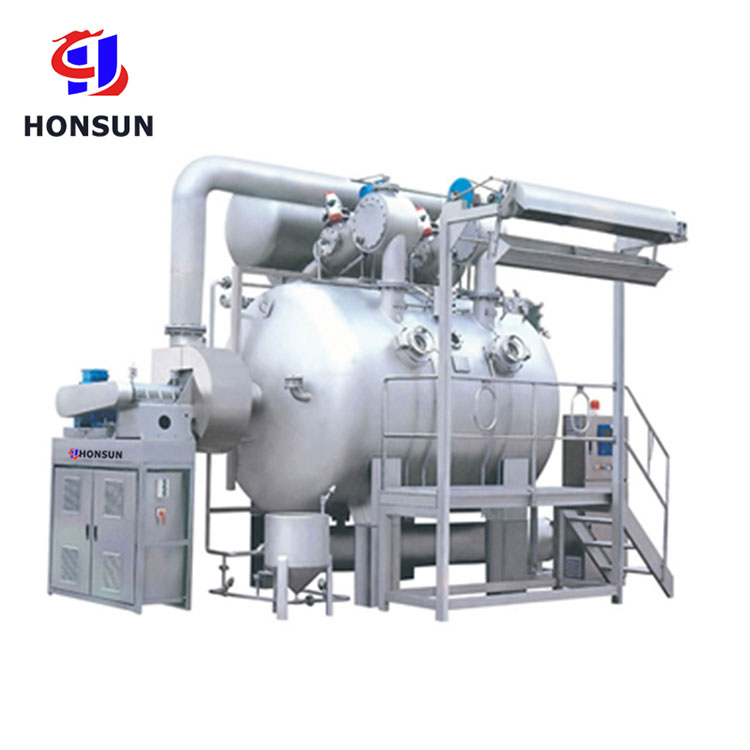- English
- Español
- Português
- русский
- Français
- 日本語
- Deutsch
- tiếng Việt
- Italiano
- Nederlands
- ภาษาไทย
- Polski
- 한국어
- Svenska
- magyar
- Malay
- বাংলা ভাষার
- Dansk
- Suomi
- हिन्दी
- Pilipino
- Türkçe
- Gaeilge
- العربية
- Indonesia
- Norsk
- تمل
- český
- ελληνικά
- український
- Javanese
- فارسی
- தமிழ்
- తెలుగు
- नेपाली
- Burmese
- български
- ລາວ
- Latine
- Қазақша
- Euskal
- Azərbaycan
- Slovenský jazyk
- Македонски
- Lietuvos
- Eesti Keel
- Română
- Slovenski
- मराठी
- Srpski језик
What should I do if an Air-Liquid Dyeing Machine suddenly stops during operation?
2025-08-12
Immediately disconnect the main power supply to the Air-Liquid Dyeing Machine to prevent an unexpected restart or escalation of the electrical fault. Quickly check the control panel for alarm codes or abnormal indicators, and observe the equipment for any unusual noises, smoke, or odors. If high-temperature and high-pressure dyeing processes are involved, be aware of the risk of steam or hot dye leaks, and operators should wear protective equipment when approaching. Immediately notify the equipment maintenance manager and the supervisor on duty, clearly reporting the shutdown and equipment status.
If hot dye and fabric are still in the dye vat when the machine stops, initiate emergency drain procedures first. Use backup power or manually to carefully open the main drain valve (be careful to avoid burns). Simultaneously, open the emergency cooling water valve to forcefully cool the heat exchanger to prevent damage to the fabric in the vat due to uneven heating over time. Closely monitor the dye vat temperature and pressure gauge to ensure safe decompression and temperature reduction to within the process's acceptable range. Extreme caution is required during this phase of the Air-Liquid Dyeing Machine operation to avoid sudden temperature changes that could damage the fabric or the vat.
After the equipment has completely stopped and stabilized, cooperate with maintenance personnel to systematically troubleshoot the source of the fault. Check the main drive motor, inverter, and circulation pump for overheating or freezing. Verify the connection status of pneumatic valves, sensors (such as liquid level and temperature probes), and control lines. If a program error or system freeze is involved, back up the parameters and restart the control system. After repairs are complete, test-run the Air-Liquid Dyeing Machine at no load for at least one complete cycle. Verify that there are no abnormalities before re-feeding. Detailed documentation of the downtime, symptoms, handling procedures, and root causes is essential for subsequent maintenance optimization and revisions to operating procedures.





